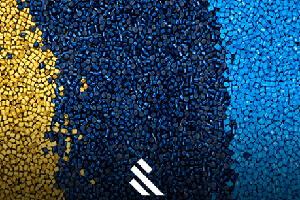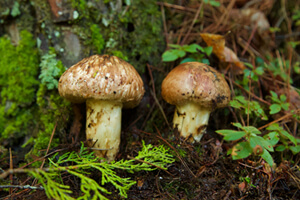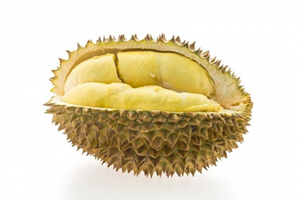Why Bamboo Salt Is So Expensive
Narrator: This is standard sea salt. But after 30 days, it’ll become this. High-quality bamboo salt costs almost $100 for an 8.5-ounce jar, making it the most expensive salt in the world. So, what is bamboo salt used for? And why is it so expensive?
For hundreds of years, Koreans have used bamboo salt for cooking and as a form of traditional medicine. It’s made by placing sea salt inside of bamboo and roasting it at a high temperature. The goal is to infuse the salt with minerals from the bamboo and to remove any impurities. But the premium compared to other types of salt is steep. Nine-times-roasted bamboo salt, sometimes referred to as “purple bamboo salt,” can cost over 10 times the price of pink Himalayan salt. Most of that cost comes from the labor-intensive process. Every single step is done by hand.
Shin Min-kyun: It takes about one month to 45 or 50 days from putting the salt in a bamboo barrel and melting it nine times until it is finished.
Narrator: The process starts by cutting 3-year-old bamboo into uniform trunks, leaving one side closed as a container for the salt. Sea salt from the west coast of Korea is densely packed by hand into the bamboo. Workers load-filled bamboo onto a cart and push it into a kiln. Traditionally, only pine logs are used. This process takes around 12 to 14 hours. Baking everything at over 800 degrees Celsius burns away the bamboo, leaving a column of salt. But the process has only just begun.
Shin Tae-joong: Then we grind the salt column and fill the bamboo again. This process is repeated eight times.
Narrator: The ninth and final roast is the hottest, at over 1,000 degrees Celsius. It’s fired in a special kiln and operated by an expert. Shin Tae-joong has been making bamboo salt for over 20 years. That experience is extremely important, because any error at this stage could result in wasting a month of work. At this temperature, the salt and bamboo completely melt and drain into a mold. After a few days of cooling, a blackened rocklike structure remains. This is nine-times-roasted bamboo salt. Workers carefully break this down by hand, trying not to waste any material. After a month of work, it’s ready to be packaged and sold.
Shin Min-kyun: If you bake the salt in a bamboo barrel, the bad things inside, such as microplastics, will be filtered out during this process. Then, as the bamboo burns, bamboo oil comes out. The bamboo oil is absorbed into the salt, and the good ingredients in the bamboo are then concentrated in the salt.
Narrator: The final price varies depending on where you buy it and what form it’s in. But nine-times-roasted bamboo salt doesn’t come cheap.
Shin Min-kyun: Based on the bamboo salt that was baked nine times, the price ranges from 200,000 to 250,000 won [around $179-$224] per kilogram. Koreans recognized the high price of bamboo salt. In spite of the high cost, I think people buy because they know the value of it.
Narrator: The health benefits of food have always played an important role in Korean culture. For centuries, bamboo salt baked two to three times has been used in traditional Korean medicine. But in the 20th century, the nine-times-roasting process was developed. Manufacturers say this process has the lowest toxicity and highest mineral content. Today, it’s used for cooking, toothpaste, soap, and various remedies.
Shin Min-kyun: First of all, being a salt, bamboo salt has salty flavor. Then there’s bamboo salt’s unique flavor. As the salt absorbs good ingredients from the bamboo, an egg-yolk-like flavor of bamboo salt gets deeper as it is baked. Then there’s no bitter flavor.
Narrator: Proponents of bamboo salt say that it can help with everything from digestion to oral health, skin care, and inflammation and that it even has anticancer effects. The proposed medical benefits have likely helped it maintain its high price. But there hasn’t been enough scientific study to fully back up all of these claims.
Studies have shown that bamboo salt contains higher levels of iron, potassium, and calcium compared to regular sea salt and that it could improve your immune system. But these beneficial minerals constitute only a small percentage – the majority of bamboo salt is sodium chloride. Even with lower toxicity, it’s unclear how potent the health benefits are.
In 2016, the WHO wrote in a report that “the composition of specialty salts poses no toxicological risks but does not offer any relevant nutritional benefits either.” The full benefits of bamboo salt compared to sea salt have yet to be extensively researched.
But despite that, bamboo salt continues to be popular. Insanga, a popular bamboo-salt maker, earned around $24 million in sales in 2017. And the traditional labor-intense process isn’t likely to change anytime soon.















